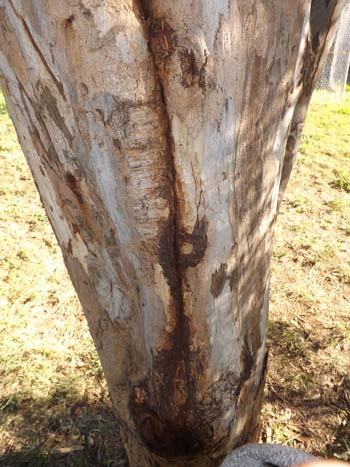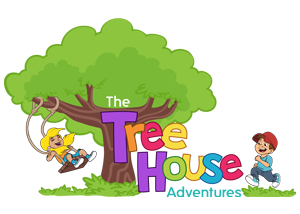Bark Inclusions/Included Bark
Trees can often grow with two (or more) trunks called co – dominant stems. These stems are generally structurally solid.
Sometimes though, a fault will develop which may cause one or both of the trunks to collapse.
These faults are internal and can be difficult to recognise.
Arborists can identify the main external symptom of these faults by looking for included bark. This may appear as a crack in the bark between the trunks (where they meet) and may be on one side only or right through the trunk/stem union.
Included bark appears different to a more common bark split because its edges fold in (into the split), whereas a bark split has sharp edges.
Included bark can also be described as ingrown bark, therefore where the two sides that touch each other have grown inwards and against each other. The included bark can also be present in branch unions.
When included bark is found in between co – dominant stems or the branch unions, it usually is a strong indicator that the union will eventually split and a stem or branch will fall.
The risk can sometimes be less serious when pruning one stem or a branch. In the case of co – dominant trees, removing one stem removes up to half of the tree canopy. This may result in tree death due to loss of too many leaves which produce food for the tree.


The information found on this page was professionally written by Stephen Williams (AQF5 Arborist) also known as our character Stephen The Tree Surgeon.
Want to know what an Arborist is?
Learn about what Arborist’s do. Click here to read more.






